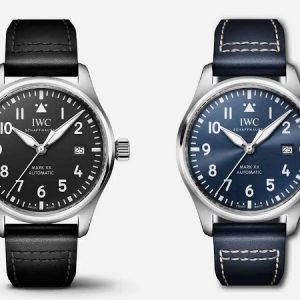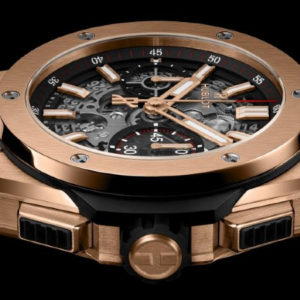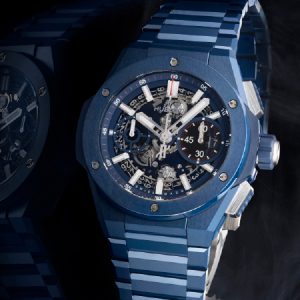In this article, we will analyse the difference between an integrated and a modular movement, which are two different methods for putting complications in a watch. With a modular movement, a further complication is added to an otherwise independent timekeeping system.
The module needs to be connected to a base movement in order to operate, because it is incapable of doing so on its own. We instantly benefit from a modular movement in this situation. A brand can produce or purchase time-only automated or manual wind movements, as well as various modules to mount them in. This is a reasonably affordable method of providing a collection with various complications.
Discover your Perfect Luxury Timepiece and Enjoy Special Privilege only at The Time Place Boutique.
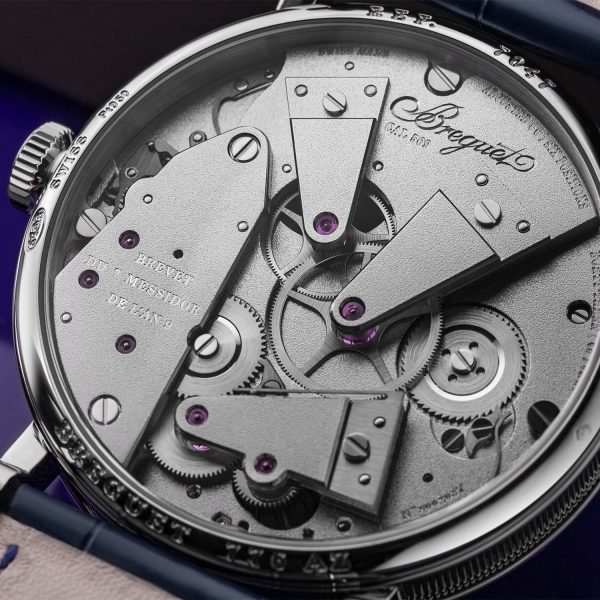
But, some purists here usually favour the integrated movement. Although there is no module available, the complication was built into the calibre from the beginning. This indicates that there is just one mainplate for the entire movement and that the complication is a complex component as a whole movement.
Despite being harder to produce, integrated movements have a few benefits. They are frequently smaller since the complication is built into the calibre rather than layered on top of it like a module. They are expensive to develop since they only produce a single movement with one or more complications that cannot be used in any other way. This is another reason why integrated movements are typically created by high-end manufacturers.
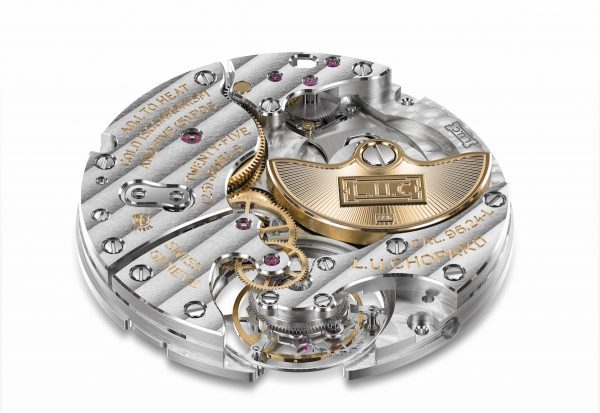
Often, it’s possible to tell the difference between the two methods from the outside. Because the module is on top, the crown on an integrated movement watch is typically located slightly lower on the case than you might expect. Also, the pushers on modular chronographs are higher than the crown.
The date window may provide another clue. This one is occasionally kept when the base movement has a date function. You can see from the dial side that it is much deeper than the dial, despite some companies’ attempts to cover it up with a little magnifying glass.
While modular movements have already established their place in watchmaking history, integrated movements are also particularly attractive. Complications are more affordable to produce, making them more available for a wider range of watch aficionados.

Additionally, they provide brands with flexibility that doesn’t always interfere with their exclusivity. Some manufacturers even create their own modules or purchase them from specialist vendors to put on top of existing movements.
Others could choose a different strategy and opt to construct their own module in order to have the competitive edge of having a more distinctive difficulty. The mechanism’s difficulty is always respected by the watch enthusiasts out there. Any path leads to a more varied selection of timepieces, where watch collectors may select their favourites depending on personal tastes and financial restrictions.
So, which one is your favourite? Integrated movement or module movement? Discover our timepieces collections online or locate The Time Place boutique near you for a visit.

